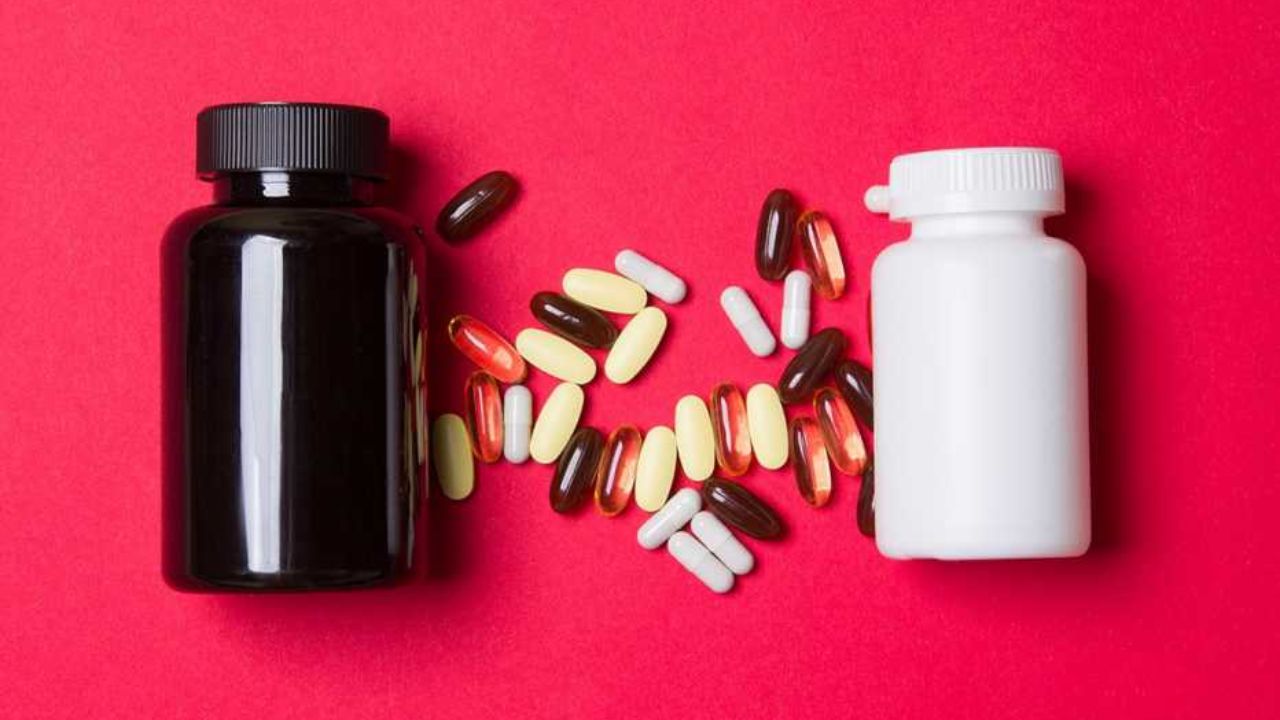Determining the right supplement bottle for a product is a very important decision that may affect the growth of a specific brand. The correct food supplement packaging and any other kind of packaging is not just a safeguard of the product but also plays an aesthetic role in the product and legal standard compliance. Below is a detailed procedure on how to select the best supplement bottle for your product taking into consideration material, size, design, and sustainability factors.
Determining the Appropriate Size
Selecting the right capacity of the bottle is something that must be done because it must fit the needs of the customers and prevent wastage. It must correspond to the number of doses in a container concerning the type of product, remaining shelf-life, and market consumers’ expectations.
Product Quantity: Therefore, for supplements that consumers plan to take for the long term, perhaps, it would be easier for them to purchase larger volumes in bottles so that they save on costs and also reduce the amount of packaging waste. On the other hand, smaller bottles are appropriate for products with shorter shelf life or such items as portable or sample sizes.
Shelf Presence: Another aspect of the bottle that is a determining factor for the shelf appeal regards the actual size of the bottle. The choice of a larger bottle may prove counterproductive because it is regarded as overpriced, especially when the product is not well known. You then have to get the size right, to meet functionality with aesthetics.
Evaluating Design Features
Design is central to consumers’ attraction and brands’ evaluation and selection process. When designing the supplement bottle, it is important to incorporate the brand identity, while at the same time, having usability.
Labeling Area: The surface of the bottle should be big enough to accommodate all the relevant information such as the dosage instructions, the ingredients, and any relevant warning. The labeling of products should be clear and complement the branding tactics of the organization.
Ease of Use: The aspect of the graphic design of the container should be aimed at making the bottle as utilizable as possible. This is in terms of the act of capping and uncapping the lid and the general control when using the container, especially for the products contained in it. Childproof containers are required in some supplemental products while a seal that must be broken to open the container can also increase confidence in the consumer.
Aesthetic Appeal: Standing alone, the aesthetical value of the bottle cannot be doubted. A product placement in an elegant bottle that is in harmony with the established trends of the contemporary world puts an added charm to the product. It should be of the right color, shape, and finish for its target market if the intent is of a sleek and sterile bottle or a sturdy and muscular look.
Considering Sustainability
Two trends appear to be emerging that will change the way packaging materials are selected and used. People are now more aware of the environmental effects, and good packaging is good for the image of the products, and the brand.
Recyclable Materials: Using recyclable bottles which can be produced from Polyethylene Terephthalate (PET) Plastic or Glass is also a factor that takes one towards sustainability. Most of this material can be reused and recycled to give out new products thus minimizing the effect on the environment.
Eco-Friendly Packaging: It has been noticed that some brands have shifted to using biodegradable or compostable materials which are easy to decompose in the environment. The above options may be slightly costly; however, they are directed towards a new market niche to achieve a sustainable environment of products.
Reduced Packaging Waste: As another way to some extent the amount of packaging waste companies can also think about providing refilling options or creating a new bottle, that are made of less amount of material, and at the same time are rather strong and reliable. This not only caters to people with a ‘green’ conscience but may ultimately prove cheaper in the long run.
Ensuring Compliance with Regulations
Also, it is important to make sure the supplement bottle that has been selected meets all the set laws. This also consists of Food and Drug Administration (FDA) requirements which define and outline certain acceptable parameters for the packaging of dietary supplements like labeling, safety, and tamper indication. It also can become a subject of legal action and hurt the brand image.
Conclusion
Concerning the decision-making process, the choice of the material, size, design, and sustainability, as well as the issue of compliance with the legal requirements when choosing a supplement bottle is a complex process. Through such assessment factors that are considered, a brand can select a bottle for the product that not only preserves the product but also helps it to get to market in a way that meets consumers’ expected standards as well as conforms to the brand’s ethos. Appropriate packaging is essential for the ultimate success and sustainability of products in each market.

